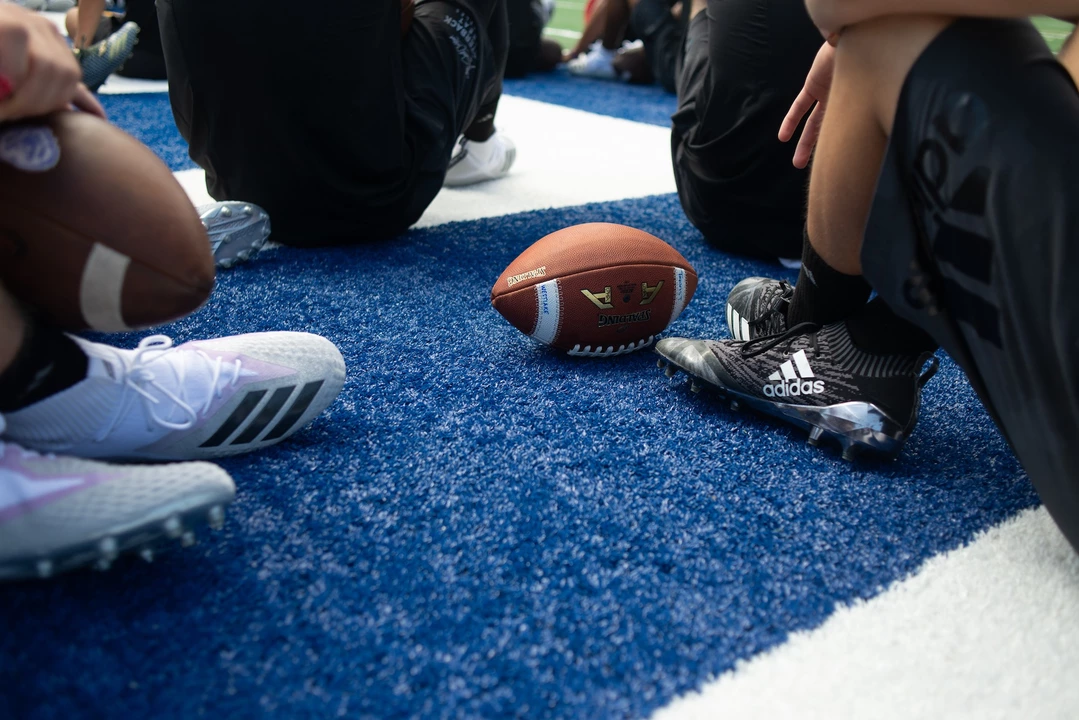Regulations in Soccer: What Every Fan and Player Should Know
Ever wonder why a player signs a five‑year deal instead of a one‑year contract? Or why soccer cleats look different from football boots? The answers lie in the rules that govern the beautiful game. Below we break down the most common regulations that pop up on the field, in the locker room, and behind the scenes.
Contract Length and Stability
Short contracts might sound flexible, but they leave players scrambling for a new club every season. Teams prefer longer deals because they can build a consistent squad and avoid constant transfer market chaos. A typical contract runs three to five years, giving both club and player security. This is why you’ll rarely see a top‑level player on a one‑year deal – it’s just not practical for anyone involved.
When a club does offer a shorter contract, it’s usually for younger talent who haven’t proven themselves yet. The club can evaluate performance without a huge financial commitment, and the player can showcase skill for a better offer later. In short, contract length is a balance between stability and flexibility, and the league’s regulations make sure contracts meet minimum standards to protect both sides.
Equipment Rules: Soccer vs. Football Cleats
Soccer cleats are built for quick changes of direction and a light touch on the ball. That’s why you’ll see uniform studs that spread weight evenly across the pitch. Football cleats, on the other hand, need extra support for the hard hits and abrupt stops in that sport, so they have varied stud patterns and a sturdier base.
Leagues enforce these differences to keep play safe. Wearing the wrong type of cleat can lead to penalties or even injury, because the shoe won’t grip the surface the way it’s designed to. So, before you lace up, check the competition’s equipment regulations – they’re there for a reason.
Roster Sizes and Indoor Soccer
Indoor soccer often uses a 6‑v‑6 format, but how many players should sit on the bench? A 12‑player roster gives coaches plenty of options for rotation, yet it can also dilute chemistry if the same faces don’t get enough minutes. Most indoor leagues cap rosters at 10‑12 players, ensuring enough depth without overwhelming the coach.
The rule helps balance fresh legs with team cohesion. Coaches who manage playing time fairly keep morale high, and the league’s guidelines make sure every match stays competitive.
Jersey Fit and Dress Codes
There’s a lively debate about whether soccer jerseys should be tight. Tight kits reduce drag and can give a sleek look, but they might restrict movement for some players. Many leagues set a minimum slack requirement to avoid health issues and to keep the game fair. In practice, teams let players choose the fit that feels comfortable, as long as it meets the league’s basic standards.
Equal Pay and Gender Regulations
The US Women’s National Team (USWNT) has been fighting for equal pay for years. Their argument is simple: they generate revenue, win trophies, and deserve the same compensation as their male counterparts. Recent regulations in some federations now require equal pay structures for men’s and women’s national teams, setting a precedent for fairness across the sport.
These rules aren’t just about money; they send a message that performance and popularity matter more than gender. Fans, sponsors, and governing bodies are all watching, and the push for equality is reshaping how contracts are written worldwide.
Understanding these regulations helps you see why the game runs smoothly and why certain decisions are made on and off the pitch. Whether you’re a player signing a contract, a coach picking a roster, or a fan cheering from the stands, the rules are there to protect, guide, and improve the sport you love.

- May, 10 2023
- 0 Comments
- Finnegan Callaghan
Are metal cleats illegal in soccer?
As a soccer enthusiast, I've often heard debates about the legality of metal cleats in soccer. After doing some research, I've found that metal cleats are not necessarily illegal, but they are generally discouraged due to safety concerns. The majority of leagues, both professional and amateur, require players to wear plastic or rubber cleats to minimize the risk of injury during tackles. However, there are some leagues that still allow metal cleats, usually at a higher competitive level. In conclusion, it's essential to check your league's specific rules before investing in metal cleats for soccer.
Read More